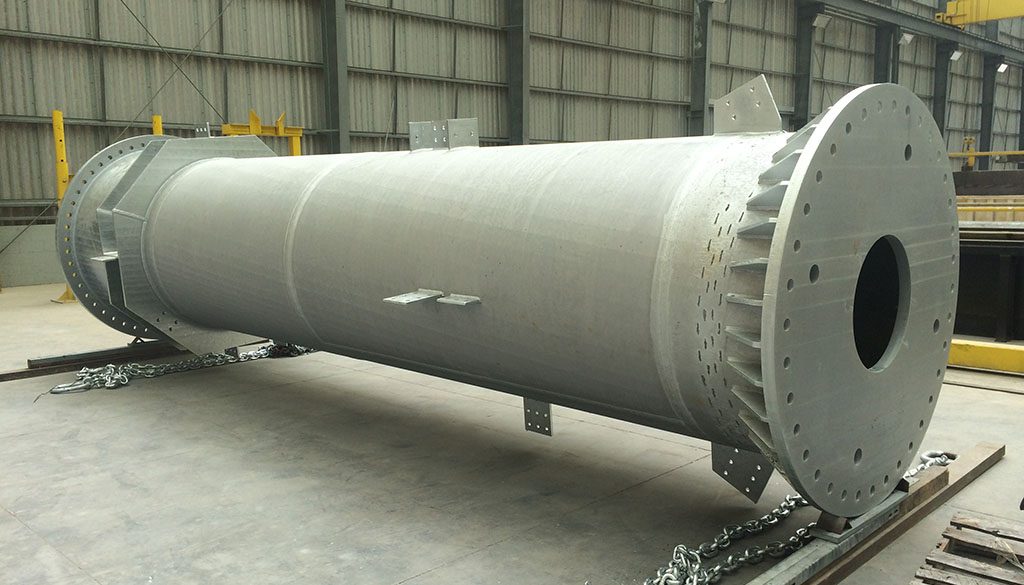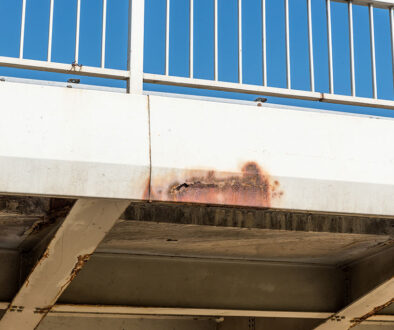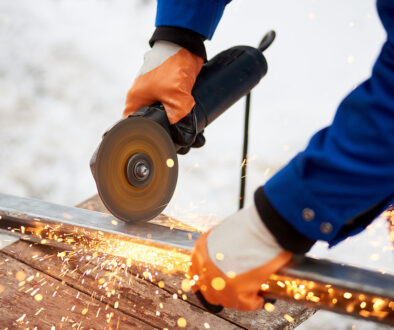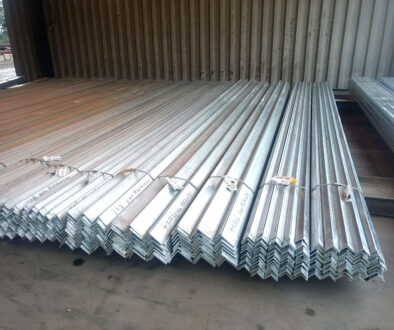Pros and Cons of Galvanizing vs. Metallizing
When trying to prevent corrosion, galvanizing and metallizing can both come up as options. Both involve adding a zinc coating to steel to make it a more resilient building material. But, that is where the similarities end.
Both have their options as well as downsides, which is best for you depending on your budget and project specifications. Here’s a review of the pros and cons to galvanizing vs. metallizing to guide your decision process.
But First, Why Zinc?
Zinc is the coating of choice for steel because of the chemical bond that forms between the two materials. When zinc comes into contact with properly prepared steel, it adheres to it, creating a strong seal. This is often contrasted with epoxy coating, which sits on top of the steel without bonding with it.
This seal has mutually beneficial properties for both materials. It strengthens them and makes the coated object more resilient to scratching and corrosion. This is the reason why zinc coatings have replaced the alternatives as the best choice for steel building materials.
Galvanizing: Easy and Complete Coverage
We’ve built our business on hot-dip galvanizing (HDG). After all, it has proven to be the best way to strengthen and prepare untreated steel materials for use. The self-healing and strengthening properties created by galvanizing are especially helpful for transportation infrastructure projects, where the costs of repairs and replacements are high and difficult to coordinate.
To hot-dip galvanize steel, it goes through several steps. From preparation, dipping the steel in the vat of liquified zinc, to allowing it time to set and harden, the process is simple and measured.
It takes space and equipment to be able to treat large steel materials in this way. But, once the process is completed, the resulting materials are resilient. They can be used, transported, and installed without special care. Even if it picks up a couple scratches on the way, its integrity is still intact.
Practical Difficulties with HDG
The difficulties with hot-dip galvanizing products revolve around convenience. Some large or awkward construction materials may be hard to fit into the zinc baths. It can also take time, especially if you need custom sizes or pieces treated.
It is also considered a one-time process. Because of the way the pieces are utilized on job sites and in construction projects, they are not hot-dipped a second time. Once they are installed, they are there for the long haul. That is why the treatment process is so specific and why you want to work with a trusted company when ordering the materials.
At South Atlantic, we go above and beyond to make HDG an easy option for our customers. We handle everything, from freight support and logistical assistance, to keep the process hassle-free for you. We even offer “Wait on” and “Quick Turn” services at no additional cost, because we are that dedicated to making this superior building material available for your project.
Don’t let a tight deadline keep you from choosing hot-dip galvanized materials. Call our team today, and we’ll get it done!
Metallizing: Portable Protection and Reinforcement
Metallizing also coats untreated steel with a protective layer of zinc. However, the application is completely different. Rather than being dipped into the zinc, the steel is first sanded down to make the surface more receptive to the coating. This is achieved by abrasive blasting or applying a preparatory base coating. Then, the heated zinc is sprayed on the prepared steel.
This portable way of applying zinc protection is fast and convenient. It is considered most useful for minor repairs and reinforcements of steel exposed during repair work. It is also a way to apply zinc to materials that are too large or cumbersome to dip into a zinc solution.

Concerns with Longevity and Accuracy of Spray-On Coatings
Even with its convenience, metallizing raises several concerns when it comes to its effectiveness. Though it is a good choice for quick repairs, the coating is inferior to the one resulting from hot-dip galvanizing. The coating is thinner and takes more care to apply correctly. Small errors in the process of applying the coating can hurt its corrosion resistance, and it is more difficult to reach small cavities and recesses in order to achieve a consistent thickness. Its longevity is much shorter than HDG materials, which means the materials will need more frequent repairs and maintenance.
For some projects, this may not be as much of a concern. However, the costs and corrosion concerns that come with metallizing neutralize the most compelling reasons to use a zinc coating over the other options.
Need Your Building Materials Protected Quickly? Call our Galvanizing Experts!
If you want hot-dip galvanized materials for your project but are not sure how to obtain them, give us a call! No matter the size, shape, or specifications of the materials you need, our Galvanizing plants are built to handle them. By choosing hot-dip galvanizing, you get all the benefits of the zinc coating without the concerns that follow metallizing.
With 50 years of experience galvanizing our customers’ materials (and our own), there isn’t anything we haven’t seen! We love working with construction teams, project managers, fabricators, builders, and engineers to come up with the best solutions for your projects and builds.
Contact us today or request a quote to explain the scope of the work and the materials needed, and we can recommend the best options for you.
No matter the job, at South Atlantic, we’ve got you covered!





